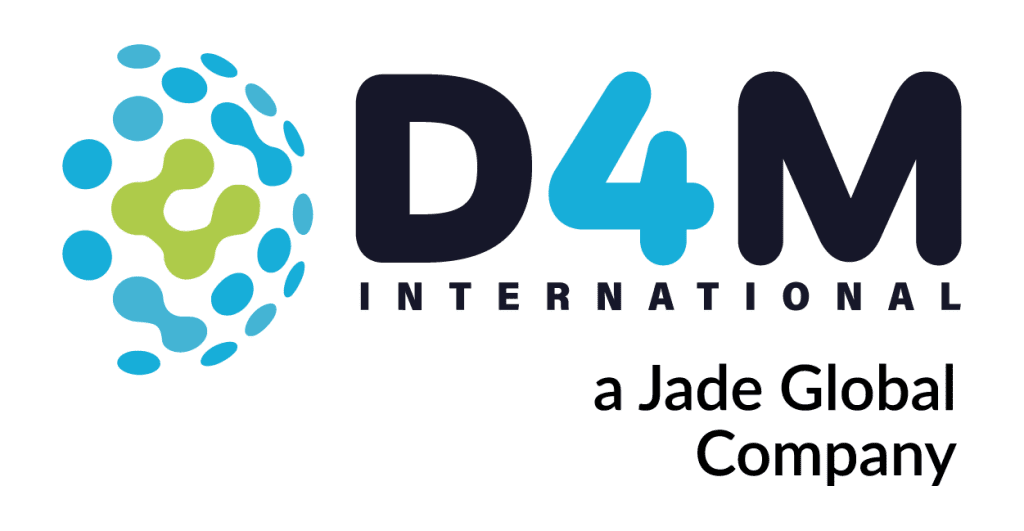SAP rollouts can be a daunting process for companies to undertake, with several potential pain points along the way, including budget issues, user issues, data migration issues, and more. However, there are ways to avoid or reduce these issues, such as having a clear assessment of the company’s current situation and a vision of where the organization wants to go. In this conversation, SAP expert Raj discusses the importance of stakeholder approval, a readiness assessment, and selecting the correct transition and deployment options. He also highlights the importance of having a proven methodology and approach for SAP implementation, using D4M’s 60-In-60 as an example.
Jean: Generally, when it comes to SAP rollouts, what are some generic pain points that you think of as focusing specifically on S/4HANA?
Raj: The pain points could be either in terms of missing out on the deadline, basically having budget issues or user issues, training issues, data migration issues, etc. Now, there are ways to avoid or reduce the pain point. For example, my advice is before we start going for an S/4HANA implementation, it’s extremely important to have a very clear assessment of your current situation, not just from an IT perspective, but also from a business perspective, and have a very
clear understanding of where, as an organization, we want to go.
Raj: Now this assessment and a clarity of where we are and where we want to go will help a long way in implementing S4 HANA. And the second important point is I’ve seen companies run out of budget, sometimes the top management approval is not there, sometimes the key business leaders are not cooperating.
Raj: And some of the partners are also not in line with your approach. So it’s extremely important that before we start the project, we have to get approval from all stakeholders. That means top management, key business leaders, partners, and everybody has to be on board. And also make sure that there is enough budget approved before we start the project.
Raj: Now from a system point of view, the other thing that I’ve seen is if we don’t do a very good job in understanding the system, we could end up going in the wrong direction, on the wrong path. It’s extremely important that we do a readiness assessment, which is SAP standard tool we can use on the readiness assessment on your SAP ECC system, go through an analysis of what your current status, plus also look at all the other satellite systems around ECC. It’s very important to have this assessment ready, go through the report, and use an experienced partner like D4M, for example, to make sure that the assessment report is understood carefully so that you have a very clear vision of what your future landscape is going to be.
Raj: Now, it’s also important that as part of this we also have a very clear understanding of what transition option we are going to use. Are we going to use Greenfield? Are we going to use Brownfield or are we going to use selective data transition? Along with that, we also have to have a very good clarity on what deployment option we need to choose.
Raj: Now, D4M, we have been assisting a lot of our customers in making sure that they do a very good assessment and also, we join hands with them in understanding and also in recommending what transition option and deployment option to choose. And every customer is different. So, it’s not one size fits all.
Raj: Every customer, requirements, their position, their current state, the future state. Everything is different. So we have to make sure that we do an assessment so that we lay everything out, and then ultimately the customer is the one that makes the decision. So as long as we do all of these things correctly, the pain points can be minimized.
Raj: I cannot guarantee you that there will be zero pain points, but what I can guarantee you is if we do the assessment correctly, the pain point can be as low as possible.
Jean: And I’m assuming, the key is not only scoping it out, but you have a kind of a process that goes from company to company that’s as predictable and as re-creatable as possible.
Raj: Yes. We do have an approach, a standard approach that we use for assessment and also for implementation.
Raj: So when it comes to assessment, we have a very set pattern or steps that we follow to make
sure that every step of the way is done correctly. And at the end of the assessment, we come out with a report which will give the client exactly how they have to carve their path to S/4HANA.
Raj: And then when it comes to implementation, whether it is Greenfield, Brownfield, or Selective
Data Transition, we do have a proven methodology and approach that we can use repeatedly across all the different clients.
Jean: Eric spoke about this when he spoke of the 60 in 60, which seems to be a story that a lot of people like talking about at the company.
Raj: Yes. Now that 60 plants in 60 months, that one is basically a rollout methodology. So we are also capable of creating a global template and then use that template and rollout to multiple locations across the globe.
Raj: And the process that we use is a cookie cutter method. We use a D4M methodology and process by which we are able to roll out, global template to multiple locations as fast as possible. And every time we roll out, we are also enhancing the global template version, making sure that the global template is also growing at the same time.
Raj: And the rollout can also be happening faster based on the cookie cutter methodology that we have. And that’s how we were able to complete 60 plants in 60 months.
Jean: And just out of curiosity, I keep hearing about 60-in-60 – it seems to me that your approach is not so much cookie cutter so much as it’s common sense.
Jean: So, my question is, why is it so difficult to create such a methodology? Is it years’ experience? Is it just seeing every type of rollout there is under the sun to just get the basics of it? Is this sort of multiple rollouts as once rare in
this industry?
Raj: I wouldn’t say it is rare, but the approach can be different between different companies.
Raj: And the reason why we are very successful is because, we have got a lot of experience, and of course we have done our share of mistakes in the beginning, I’m talking about many years ago. But then we have learned through those mistakes and now we have come up with an approach and methodology where we can actually do it,
for a lack of better word, I can say we can do it with our eyes closed.
Raj: The cookie cutter methodology is so widely used by our company that we are able to do it much faster and successfully under budget that other companies have failed to do it.
Raj: So it’s a combination of experience, knowledge, and the learnings that we have had over a period of time.
Jean: And essentially knowing the basics, the most important parts of the rollout, and really making sure that those things are nailed down.
Raj: Yeah, basically we go down to the level of understanding exactly what it means to rollout, and then we have a proven methodology by which we do an assessment first.
Raj: And then once we know exactly what the client wants at the specific location for rollout, we go and do the rollout with ease.
For more interviews/success stories, be sure to check out the official D4M International YouTube page!
D4M is a privately owned company specializing in leveraging digital technologies to accelerate manufacturing clients to their transition to Industry 4.0. With long tenure and hundreds or successful projects, we are confident that our approach and experience provides the roadmap to help bring clarity and efficiency to your manufacturing operation.
To find out how we can help with your SAP environment, or to learn more about how we rolled out SAP to 60 locations in 60 months, reach out to us today. Contact form and office numbers listed below.
We look forward to partnering with you!






